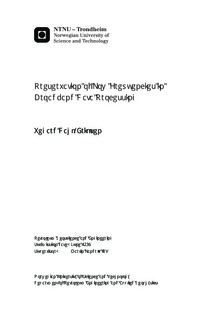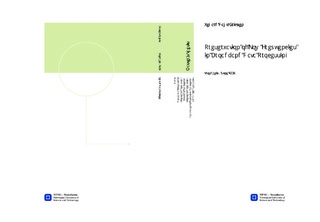| dc.description.abstract | Recent developments in the seismic industry have introduced data with a broader frequency content than before. Broadband seismic data has led to challenges in the processing since the majority of the available algorithms and techniques were written for the conventional seismic range. This thesis attacks the low frequency response in each of the steps in a seismic processing flow. Some steps were both expected and found to perform well, while others needed comprehensive testing.
The research was carried out by processing two datasets with different high-cut frequencies. The first dataset was low-pass filtered with a high-cut frequency of 10 Hz, while the other dataset was obtained with a high-cut frequency of 20 Hz. A full bandwidth reference dataset was used for comparisons. This dataset was commercially processed by CGG in 2012-2013 with what can be regarded as a modern broadband processing sequence.
The denoise step was found to be improved by extending the window that removes the noise. This is an important observation as the low frequencies in general have a lower signal-to-noise ratio than the higher frequencies. In addition, more noise removed at an early stage may provide cleaner execution in other processing routines. However, the main challenge related to the low frequency response turned out to be the multiple tuning frequency. The nature of shallow water data introduces many multiples. For frequencies with wavelengths equal to or longer than the frequency corresponding to the multiple period, tuning occurs. Difficulties in visualizing and understanding the low frequency data may therefore be experienced. This is especially prominent when adaptation procedures are applied. Research presented in this thesis proves that the low frequency behaviour in the existing adaptation algorithms is improved when higher frequencies also are included. Due to better phase and amplitude consistency, the high frequencies guide the low frequency adaptation towards a better result.
The migrated and stacked results show that the main structures can be seen even for the lowest high-cut dataset used in the processing. The low frequency component of the full bandwidth data turned out to be superior to this dataset, which is an indication of CGG already operating with an acceptable low frequency processing flow. It is, however, still believed that the modifications suggested throughout this thesis will provide a total better processing of the low frequencies. | |

